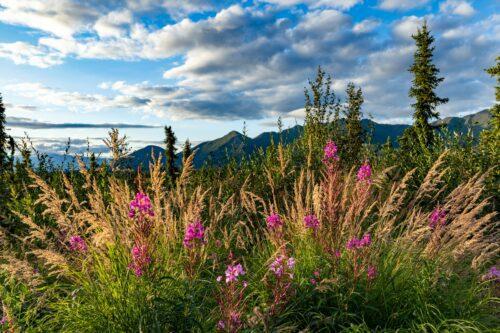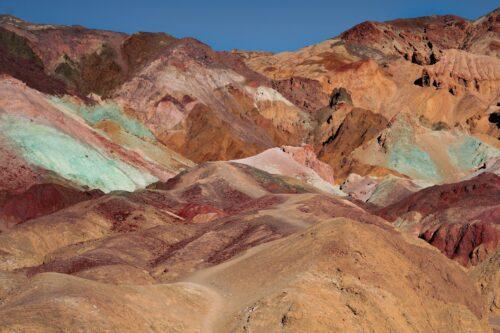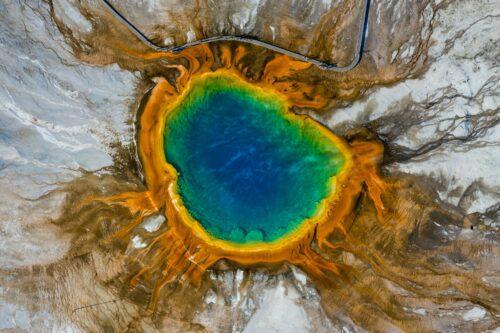America’s national parks showcase some of the country’s most beautiful landscapes, and these areas attract millions of visitors every year. As well as being important to the country’s tourism sector, they also support wildlife and nature conservation, which ensures the parks and the life within them are protected for generations to come.
They say everything’s bigger in the USA, and the country’s catalogue of national parks certainly got the memo; here are some of the most impressive ones to add to your American itinerary.
Wrangell-St. Elias

The state of Alaska is home to each of America’s five biggest national parks; in fact, seven of the top ten are situated in the vast expanse of The Last Frontier. The biggest of them all is Wrangell-St. Elias, comprising 13.2 million acres. Spread across Southcentral Alaska, the park also extends from sea level to over 18,000 ft high, at the summit of Mount Saint Elias – America’s second-tallest peak.
With such varied landscapes, from tundra to boreal spruce forests, the park is an important area for biodiversity. Home to fascinating creatures including grizzly bears and golden eagles, it truly showcases the best that America has to offer when it comes to wildlife. Lots of areas within the park’s borders are extremely hard to access, particularly the backcountry, where untouched wilderness stretches for miles around. However, there are some roads and trails that will give you a glimpse of the sheer size of Wrangell-St. Elias, as well as several visitor centres where you can get more information about the area.
Death Valley

Death Valley is the largest national park located in the contiguous United States. It’s a region of extremes, recorded as being the hottest, driest and lowest place in America. Covering 3.2 million acres, Death Valley is almost as big as Yellowstone and the Everglades (the second and third-largest parks in the contiguous States) combined.
Much like its Alaskan counterpart, there are huge stretches of largely untouched wilderness within the park’s borders – although there’s no sign of snow here. With air temperatures reaching 134ºF back in the summer of 1913, Death Valley can officially lay claim to the highest temperature ever recorded on Earth. Despite the extreme conditions, tourism in the region remains rife, with visitors often eager to enjoy a wild camping experience or wildlife-spotting adventure.
Yellowstone

The world-famous Yellowstone National Park is perhaps best known for its fascinating geothermal features and captivating scenery. Not only is it one of America’s largest national parks, it’s also officially the oldest, having been established in 1872. Geographically, Yellowstone crosses three state borders, but more than 95% of the park’s area lies within Wyoming.
Although it didn’t become a designated national park until the 19th century, Yellowstone has been shaped and reshaped over tens of millions of years by volcanic activity and plate tectonics. It’s located in one of the most seismically active parts of the country, meaning it’s particularly vulnerable to earthquakes; in fact, it’s estimated that the park experiences 1,500 to 2,500 earthquakes every year, most of which are too small to affect human life. Yellowstone remains one of the most visited national parks in America, with so much to see within its vast borders.




